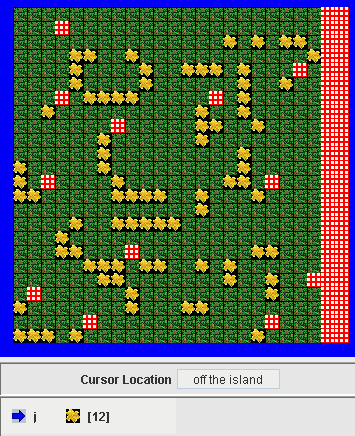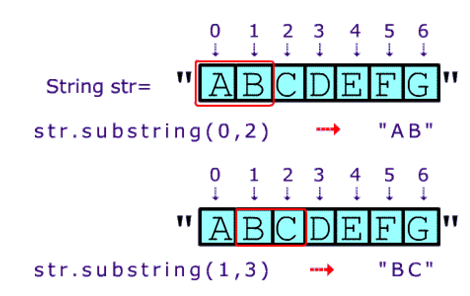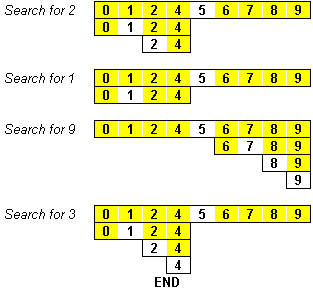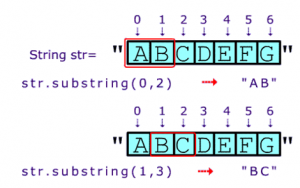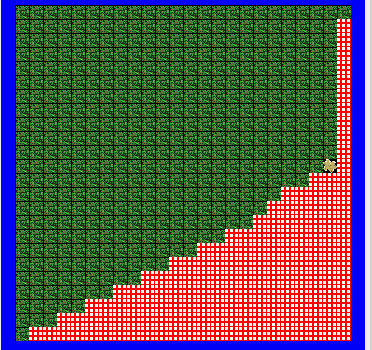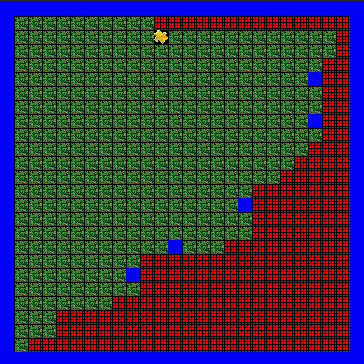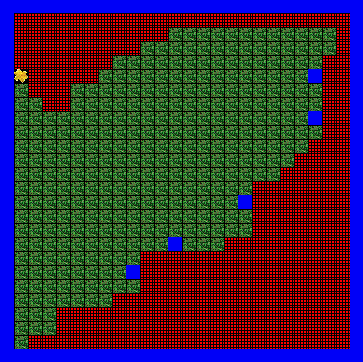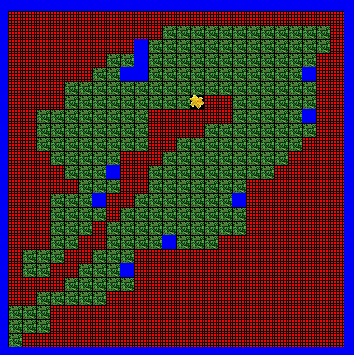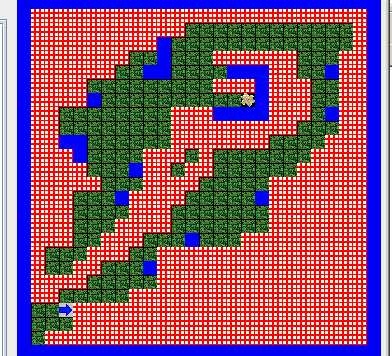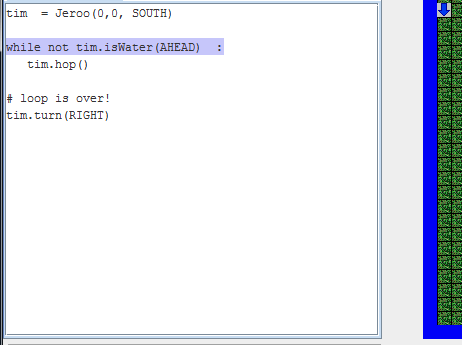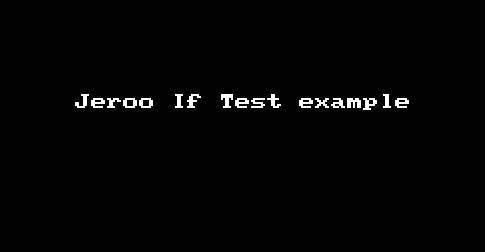Java String Assignments
These exercises are introductory methods that require use of basic String methods including
- substring()
- length()
- concatenation
public boolean sameStrings(String string1 ,String string2)
Description: This method returns true if string1 and string2 are the same. Use the ‘.equals()’ method.
| Method Call |
return value/output |
| sameStrings(“foo”,”f”) |
false |
| sameStrings(“foo”,”foo”) |
true |
| sameStrings(“abc”, “cba”) |
false |
public boolean any2Same(String a,String b, String c)
Description: This method returns true if any 2 of the strings are the same. Remember: Use the ‘.equals()’ method.
| Method Call |
return value/output |
| any2Same(“xz”,”f”, “xz”) |
true |
| any2Same(“xz”,”f”, “xt”) |
false |
| any2Same(“xz”,”xz”, “fff”) |
true |
| any2Same(“xtz”,”abc”, “abc”) |
true |
| any2Same(“xtz”,”a^c”, “a!c”) |
false |
public String firstThirdLettters(String str)
Description: This method returns the first and third letters of str concatenated together.
| Method Call |
return value/output |
| firstThirdLettters(“foo“) |
“fo” |
| firstThirdLettters(“abcdefg”) |
“ac” |
| firstThirdLettters(“ad!kjkj”) |
“a!” |
public boolean sameFirst2Letters(String a, String b)
Description: This method returns the first 2 letters of a and of b are the same .
| Method Call |
return value/output |
| sameFirst2Letters(“axt”, “axjjj”) |
true |
| sameFirst2Letters(“1%3″ , “3$1″) |
false |
| sameFirst2Letters(“a~dd” ,”~adt” ) |
false |
public String concatTwice(String str)
Description: This method returns str concatenated with itself .
| Method Call |
return value/output |
| concatTwice(“foo”) |
“foofoo” |
| concatTwice(“a”) |
“aa” |
| concatTwice(“abcdd”) |
“abcddabcdd” |
public String concatWithComma(String str)
Description: This method returns str concatenated with itself and with a comma in between
| Method Call |
return value/output |
| concatWithComma(“foo”) |
“foo,foo” |
| concatWithComma(“a”) |
“a,a” |
| concatWithComma(“abcdd”) |
“abcdd,abcdd” |
public String sandwich(String bread, String meat)
Description: This method is easiest to understand by looking at the sample calls below
| Method Call |
return value/output |
| sandwich(“a“,”b“) |
“aba“ |
| sandwich(“xy“,”ab“) |
“xyabxy“ |
| sandwich(“hi“,”bye“) |
“hibyehi“ |
public int lengthTimesTwo(String str)
Description: This method returns the length of str times 2.
| Method Call |
return value/output |
| lengthTimesTwo(“foo”) |
6 |
| lengthTimesTwo(“a”) |
2 |
| lengthTimesTwo(“abcdd”) |
10 |
String prePendFoo(String str)
Description: prepend “foo ” to the input and return the concatenation.
| Method Call |
return value/output |
| prePendFoo(“abc”) |
“foo abc” |
| prePendFoo(“x”) |
“foo x” |
| prePendFoo(“abcdd”) |
foo abcdd” |
public int sumOfLengths(String a, String a)
Description: This method returns the sum of the lengths of String a and String b .
| Method Call |
return value/output |
| sumOfLengths(“ab”, “jk1”) |
5 ie ( 2 +3) |
| sumOfLengths(“jj”, “”) |
2 (ie 2 + 0) |
| sumOfLengths(“a~dd” ,”6″ ) |
5 ie ( 4 + 1) |
**public String concat5Times(String str)
Description: This method returns str concatenated with itself 5 times (Do this with a loop)
| Method Call |
return value/output |
| concat5Times(“foo”) |
“foofoofoofoofoo” |
| concat5Times(“a”) |
“aaaaa” |
| concat5Times(“abcdd”) |
“abcddabcddabcddabcdd” |





